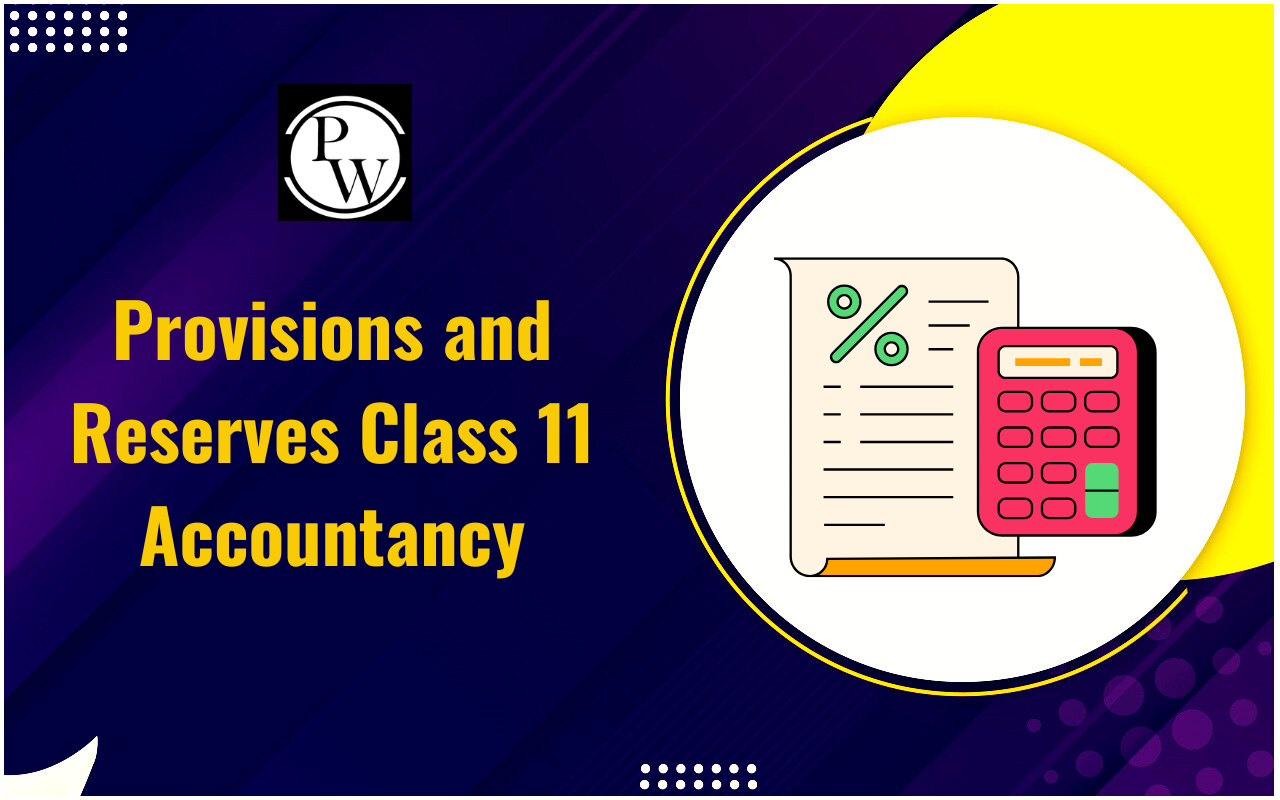

Gaining ratio is a type of financial instrument that helps in determining the proportion by which the remaining partners of a firm will share the profits of an existing partner in the event of his mortality or retirement.
The stakeholders do not always share equal profits or losses in the firm; therefore, the gaining ratio for every organization shall differ. Read this blog to study the gaining ratio formula, examples, and calculation of gaining ratio in brief.Definition of Gaining Ratio
The Gaining Ratio is a financial term used in the context of partnerships and business mergers to quantify the distribution of profits among the partners or companies involved in the transaction. It is an essential measure that assists in determining the proportion to which the profits or losses resulting from the combined venture will be shared among the respective parties. In a more straightforward sense, the Gaining Ratio indicates how the profits will be divided among the partners or entities after the partnership or merger takes place. This ratio is primarily based on the contributions and values brought in by each party to the collaborative endeavor.Gaining Ratio Vs. Sacrifice Ratio
In partnerships and business mergers, both Gaining Ratio and Sacrifice Ratio play crucial roles in determining the distribution of profits and losses among the involved parties. These ratios are instrumental in ensuring fair and equitable arrangements, fostering cooperation, and maintaining financial harmony in collaborative ventures.| Gaining Ratio Vs. Sacrifice Ratio | ||
| Aspect | Gaining Ratio | Sacrifice Ratio |
| Definition | Profits or losses distribution after a partnership or merger. | Reduction of existing ownership due to a partnership or merger. |
| Basis for Calculation | Capital contributions or pre-agreed profit-sharing ratios. | Existing ownership percentages before the collaboration. |
| Impact on Stakeholders | Determines how much each entity gains in the new venture. | Measures the extent of ownership dilution for all parties. |
| Consideration of Resources | Contributions of capital, assets, and skills in the collaboration. | Solely considers current ownership percentages. |
| Role in Decision-Making | Establishes fair profit-sharing arrangements for collaboration. | Understands the dilution of ownership for all parties. |
Different Methods of Calculation of Gaining Ratio
To calculate the Gaining Ratio, which determines the distribution of profits in partnerships or business mergers, different methods can be employed. Each method may be suitable for specific scenarios. Below are two commonly used methods:Method 1: Ratio Based on Capital Contribution
- Express each partner's or company's capital contributions as ratios relative to the total contributions.
- Multiply each ratio by the total profit or loss to find individual shares.
- Divide each partner's or company's share by the total sum of shares to calculate their Gaining Ratio.
Method 2: Ratio Based on Profit-Sharing Agreement
- Obtain the pre-agreed profit-sharing ratios for each partner or company.
- Multiply each ratio by the total profit or loss to find individual shares.
- Divide each partner's or company's share by the total sum of shares to calculate their Gaining Ratio.
Examples of Gaining Ratio
To understand the concept of Gaining Ratio more comprehensively, let's have a look at some practical examples:Example 1: ABC Partnership
Suppose there is a partnership called ABC, consisting of three individuals - Alice, Bob, and Carol. They contribute capital in the ratio of 2:3:5, respectively. After a successful year of operations, ABC Partnership earned a profit of $100,000. Now, they need to determine the Gaining Ratio to ascertain the distribution of profits. To calculate the Gaining Ratio, we divide the individual contributions by the total contributions: Alice's share = (2 / 10) * $100,000 = $20,000 Bob's share = (3 / 10) * $100,000 = $30,000 Carol's share = (5 / 10) * $100,000 = $50,000 Thus, the Gaining Ratio for Alice, Bob, and Carol is 2:3:5, respectively. This means that for every $2 of profit, Alice will receive $2, Bob will receive $3, and Carol will receive $5.Example 2: XYZ Company Merger
Let's consider a merger between two companies - Company X and Company Y. Company X has a 60% stake in the merger, while Company Y holds the remaining 40% stake. Both companies decide to merge their operations to leverage their complementary strengths and expand market reach. After the merger, the combined entity, XYZ Company, generated a profit of $500,000. Now, they need to determine the Gaining Ratio to decide how the profits will be divided between the two companies. To calculate the Gaining Ratio, we divide the individual stakes by the total stake: Company X's share = (60% / 100%) * $500,000 = $300,000 Company Y's share = (40% / 100%) * $500,000 = $200,000 Therefore, the Gaining Ratio for Company X and Company Y in XYZ Company is 3:2, respectively. This implies that for every $3 of profit, Company X will receive $3, and Company Y will receive $2.Factors Affecting Gaining Ratio
The determination of the Gaining Ratio, which governs the distribution of profits in partnerships and business mergers, is influenced by several key factors. Below are the factors that affect the Gaining Ratio:Capital Contributions: The relative amounts of capital invested by each partner or company significantly impact their Gaining Ratio, with higher contributions typically translating to a larger share of profits.
Profit-Sharing Agreement: In cases where the Gaining Ratio is predetermined through a profit-sharing agreement, the ratios specified in the agreement dictate how the profits will be distributed, irrespective of the capital contributions.
Expertise and Resources: Partners or companies that bring unique expertise, valuable resources, or specialized skills to the collaboration may negotiate a higher Gaining Ratio to reflect their added contributions.
Market Conditions: External factors such as market trends and economic conditions can influence the Gaining Ratio, as partners might adjust their shares to respond to changing business landscapes.
Risk-Taking and Liabilities: Partners or companies assuming greater risks or liabilities may seek a higher Gaining Ratio as compensation for potential losses.
Business Performance: The actual performance of the partnership or merged entity can affect the Gaining Ratio, as successful ventures might reward partners with higher ratios to incentivize continued dedication.
Long-Term Objectives: Partnerships with long-term strategic objectives may establish dynamic Gaining Ratios that adapt over time to reflect evolving contributions and aspirations.
Gaining Ratio FAQs
What is the gain ratio Formula?
Can the Gain ratio be more than 1?
What is the cost-benefit ratio?
What is the formula of Cost Benefit ratio?
Can the Gaining Ratio Change over Time?












